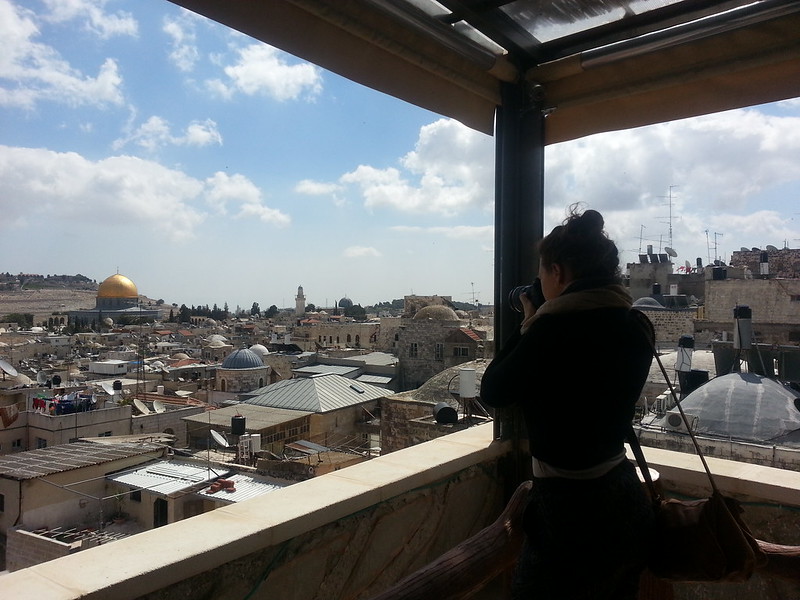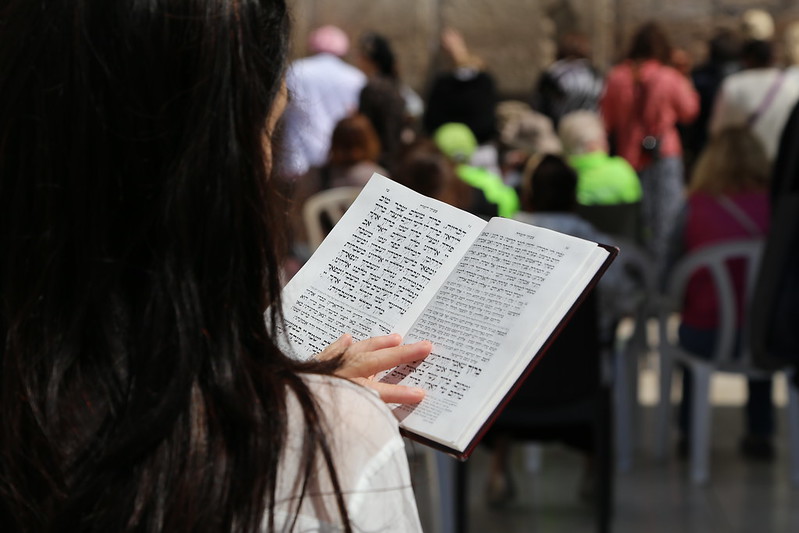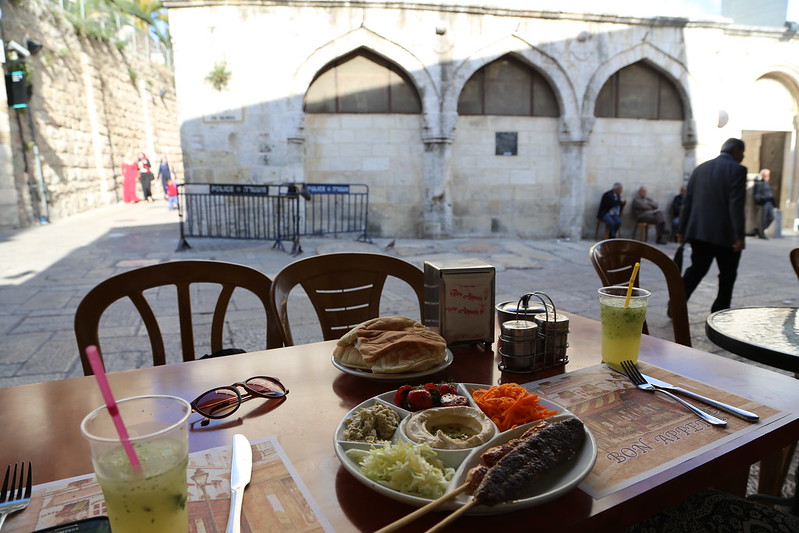
Back in Jerusalem we continued exploring the different religious sites and churches as well as some of the most iconic and holy Jewish and Muslim sites, the wailing wall and the Dome of the Rock. There are so many different christian denominations and other religions and so many ways to interpret the books and just so, so many ways to refer to an entity that just really seems to be the one same thing. It’s confusing and a demonstration of how we need to have our own thing, feel different, create our own groups and rules and means of control, and feel like our group is better than the other group. Identity. So many different names for what you refer to as God, yet you’re all just really saying more or less the same thing.
We started our second Jerusalem tour off at the Western Wall, or the Wailing Wall as it is often referred to. It is the wall closest to the Temple Mount and the most holy site for Jews apart from the Temple Mount itself. Jews come there to mourn the history of their people and to pray. We later continued up to the Temple Mount, which has limited visiting hours and restricted access for Jews, a very controversial place overall:
“In light of the dual claims of both Judaism and Islam, it is one of the most contested religious sites in the world. Since the Crusades, the Muslim community of Jerusalem has managed the site as a Waqf, without interruption. As the site is part of the Old City, controlled by Israel since 1967, both Israel and the Palestinian Authority claim sovereignty over it, and it remains a major focal point of the Arab–Israeli conflict. In an attempt to keep the status quo, the Israeli government enforces a controversial ban on prayer by non-Muslims.” According to all-knowing, all-seing, Wikipedia.
An interesting observation that we made at the Temple Mount was the big amount of kids running around and playing ball against the Dome of the Rock, one of the oldest works of Islamic architecture with great significance for Muslims, Jews and Christians alike. We were surprised nobody frowned upon the kids kicking the ball against the walls of the shrine but two girls sitting nearby, Eseel and Rania, explained that the Koran states that children should play near holy sites due to their positive energy and in order for them to establish a relationship with the site. If that’s the case, it’s a nice perspective and the children really seemed to have fun and enjoy playing up there.
We later met Ephream who was with a big group of Ethiopians at the beautiful Church of All Nations on the olive mount, next to the place where Jesus supposedly sat praying just before they took him away to be crucified. I got a nice portrait photo of him and we spoke a bit about the dream of Zion and Ethiopia and their beautiful white clothes.
All in all, it was a really nice day, we walked around, spoke to people, bought really nice coffee with cardamom and I took a lot of photos. Enjoy the contrasts below!



































Excellent photos reflecting exactly the religious pluralism and different identifications of the ingroup/outgroup.
Just a recommendation, in case you haven’t seen it, the documentary “Promises”.
Thanks for reading and thanks for the recommendation, Olie!